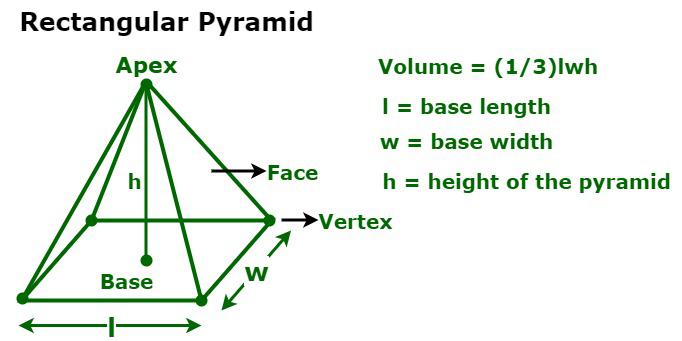
syntaxerror: cannot use import statement outside a module is a common problem many programmers face when they are learning JavaScript or working with Node.js and browser scripts. If you see this error, it usually means that your code is trying to use modern ES6 import statements in a place where JavaScript does not recognize them as valid. This can happen for many reasons, such as running your JavaScript file in an environment that does not support modules, forgetting to set your file as a module, or mixing CommonJS and ES6 syntax in the same project. In simple words, your JavaScript file is telling you “I don’t know what ‘import’ means here,” and you need to tell it properly. This error can be very frustrating for beginners because it stops the code from running, and sometimes the message does not clearly explain why it is happening. But don’t worry, understanding why syntaxerror: cannot use import statement outside a module occurs is the first step to solving it, and with a few simple steps, you can fix it and make your code work. One reason this error occurs is that JavaScript files are usually treated as classic scripts by default. Classic scripts do not allow import or export statements. Only module scripts can use these statements. So, if you are trying to use import in a regular JavaScript file, your environment will throw this error. Another reason is mixing module systems
Table of Contents
Types of Something Long and Painted on a Highway
There are several types of something long and painted on a highway. Lane markings are the most common. Lane markings divide the road into lanes and tell drivers where to drive. Solid white lines are used at the edges of highways to keep cars on the road. Broken white lines divide lanes moving in the same direction. Yellow lines divide lanes moving in opposite directions. Solid yellow lines indicate it is dangerous to pass other vehicles.
Arrows are another type of marking. Arrows show which direction drivers should take. They are often seen near exits or intersections. Some arrows point straight, showing the lane continues forward. Others are curved, showing turns. Some lanes have arrows for both straight and turning directions. Following these arrows can prevent accidents and traffic jams.
Highways also include symbols for special purposes. Bicycle lanes often have bicycle symbols painted on the road. Bus lanes may have BUS painted in them. Pedestrian crossings are marked with thick white stripes. Words like STOP, SLOW, or SCHOOL are painted on the road to give extra warnings. All these markings work together to organize traffic and protect everyone on the road.
Importance of Something Long and Painted on a Highway
Something long and painted on a highway is very important for safety. They tell drivers where it is safe to drive and where it is dangerous. Following these markings reduces the risk of accidents. They also help pedestrians cross safely and allow cyclists to share the road safely. Traffic authorities constantly study accidents and traffic flow to improve these markings. They may add brighter colors, longer lines, or new symbols to make roads safer. Drivers should always pay attention to these markings, especially at night, in bad weather, or on unfamiliar highways.
Painted markings are also cost-effective. Instead of building new signs or lanes, traffic authorities can use paint to guide drivers. Temporary markings are used during road work or construction zones to direct traffic safely. Modern highways use thermoplastic paint, which lasts longer and can handle heavy traffic. Some markings even use reflective materials to make them visible from far away. These markings are carefully designed and updated to match traffic speed, weather conditions, and visibility.
How Drivers Can Use Something Long and Painted on a Highway
Drivers can use something long and painted on a highway to stay safe and follow the law. Solid lines mean do not cross, broken lines mean it is safe to change lanes, and arrows show the direction to follow. Words and symbols give extra information, like when to stop or slow down. Cyclists and pedestrians can also use special markings to know where it is safe to travel. New drivers should pay extra attention to these markings and practice reading them. Driving schools teach them, but real experience on the road helps even more.
Common Mistakes Drivers Make
Many drivers ignore something long and painted on a highway. Some cross solid lines, some ignore arrows, and some drive in lanes not meant for them. These mistakes can cause accidents, traffic fines, and confusion. Drivers should always follow the rules, stay in the correct lane, and pay attention at intersections and exits. Pedestrians and cyclists also need to watch for markings to stay safe. Learning to read and understand road markings is a small step that can save lives.
Technology and Innovations
Modern highways use technology to improve painted markings. Thermoplastic paint lasts longer and is more visible in rain or snow. Reflective glass beads make markings shine at night. Some highways use temporary markings during construction to guide drivers safely. Engineers study accidents and traffic flow to make these markings better. With new technology, something long and painted on a highway continues to improve safety for all road users.
Tips for New Drivers
New drivers should pay close attention to something long and painted on a highway. Always follow solid and broken lines, obey arrows, and watch for symbols and words on the road. Stay in your lane, slow down when necessary, and be aware of other drivers, pedestrians, and cyclists. Learning the meaning of each type of marking will make driving less stressful and safer. Practice on quiet roads first and observe how markings guide traffic.
Conclusion
Something long and painted on a highway is more than decoration. It is a vital system that helps organize traffic, guide drivers, and prevent accidents. From lane lines to arrows, symbols, and words, every marking has a purpose. Following them is simple but very important for safety. Drivers, cyclists, and pedestrians all rely on these markings to travel safely. By understanding and respecting them, everyone can enjoy safer and smoother journeys on the road.
FAQs
What does something long and painted on a highway mean?
It refers to lines, arrows, symbols, or words painted on the road to guide traffic, show lanes, and keep everyone safe.
Why are highway markings important?
They organize traffic, prevent accidents, guide drivers, and help pedestrians and cyclists stay safe.
What are common types of highway markings?
Common types include lane lines, arrows, bicycle lanes, pedestrian crossings, and warning words like STOP or SLOW.





